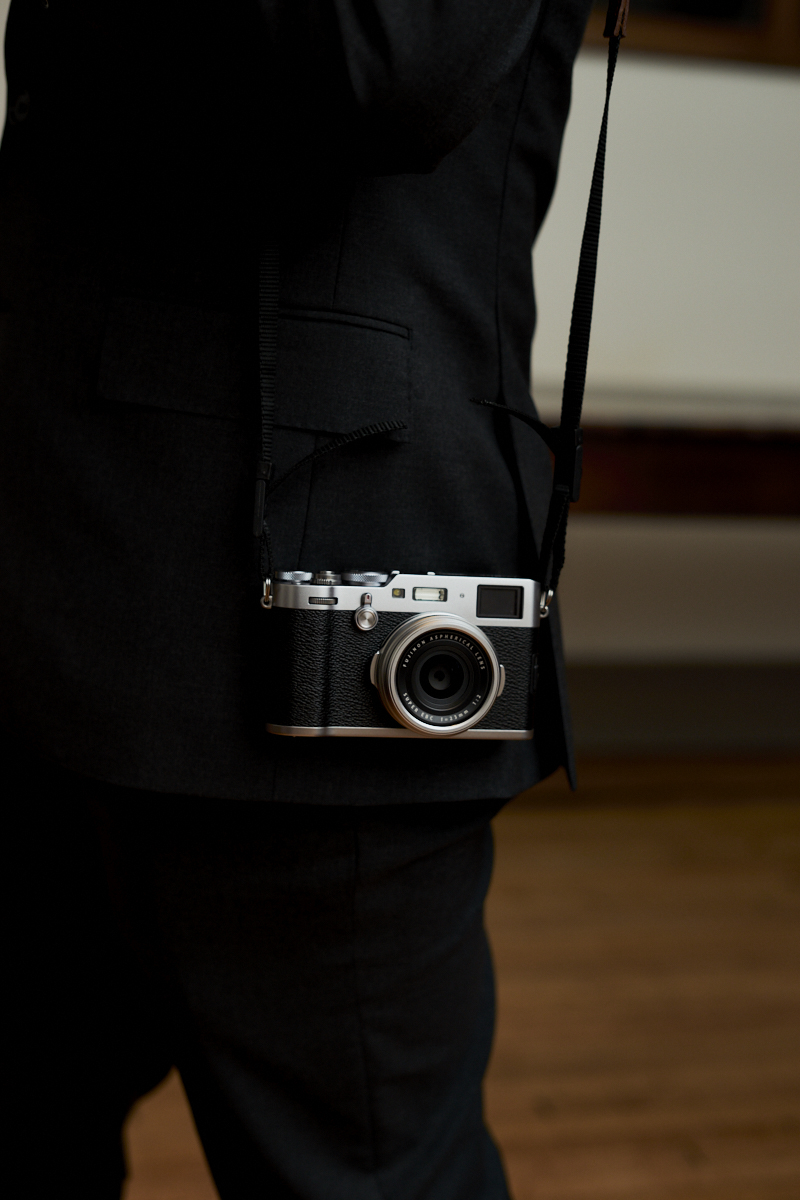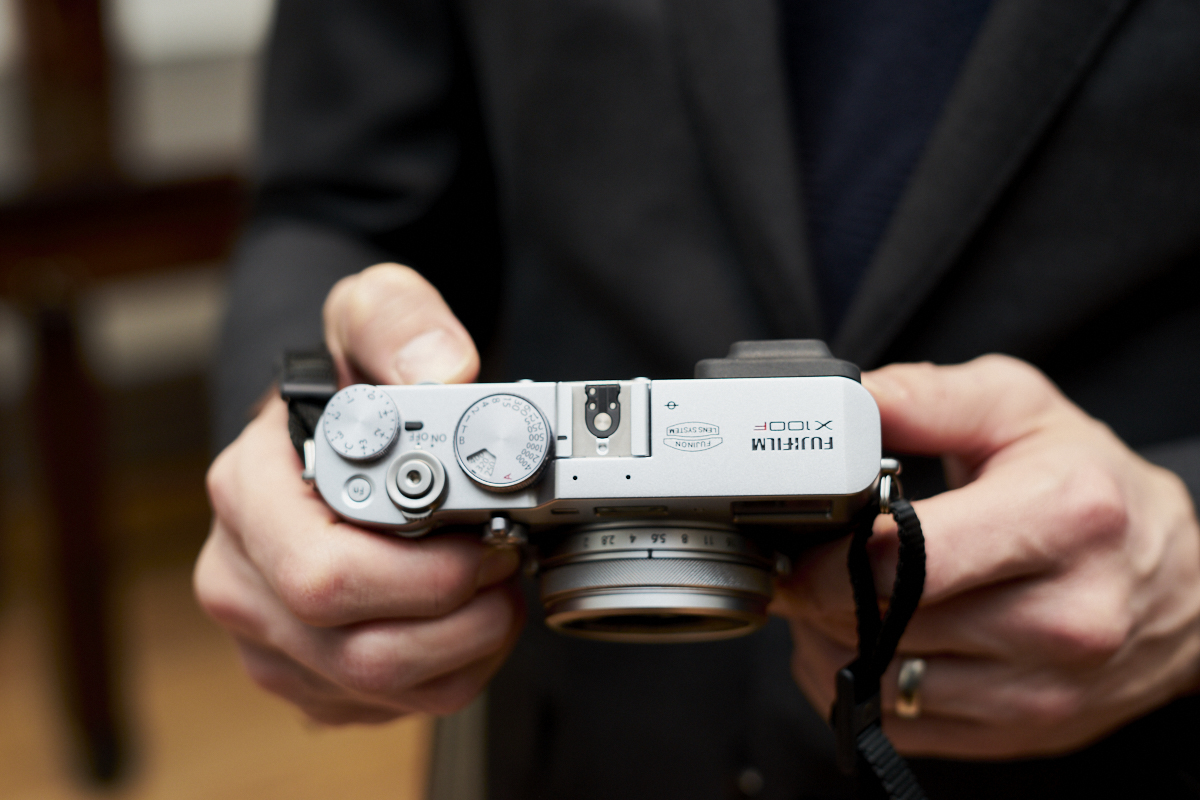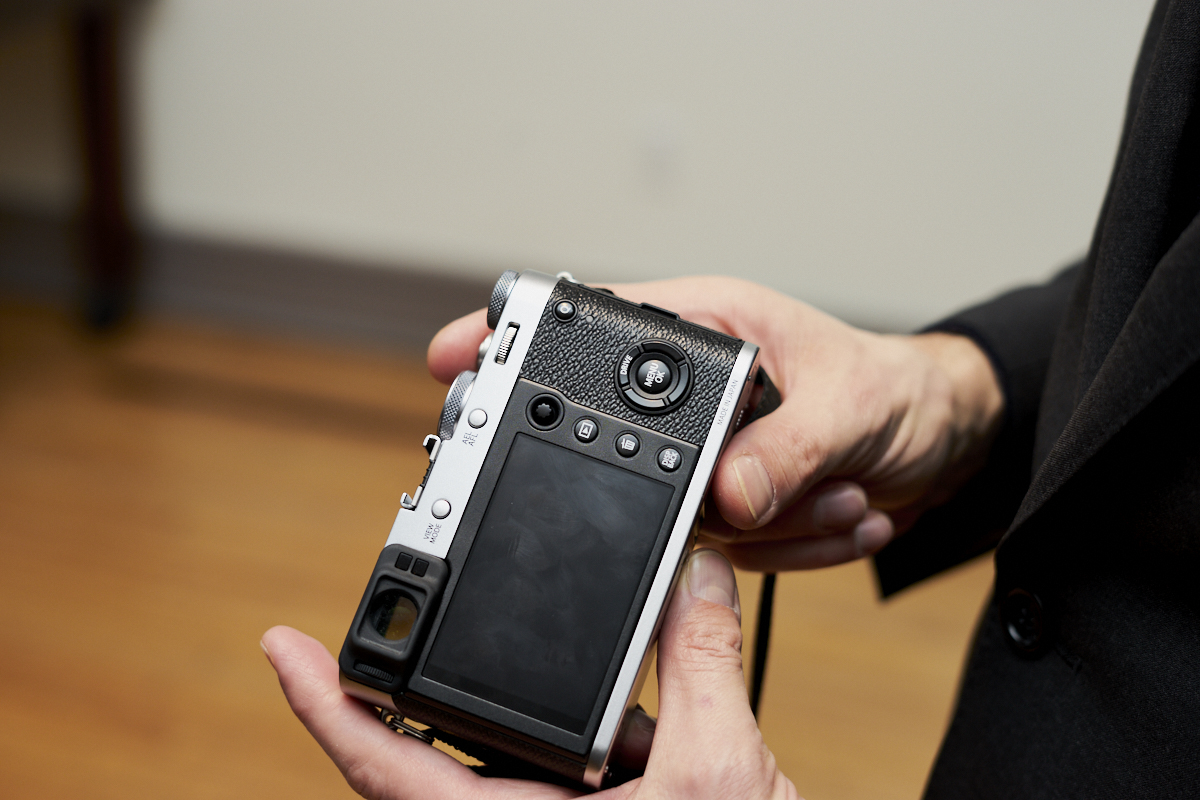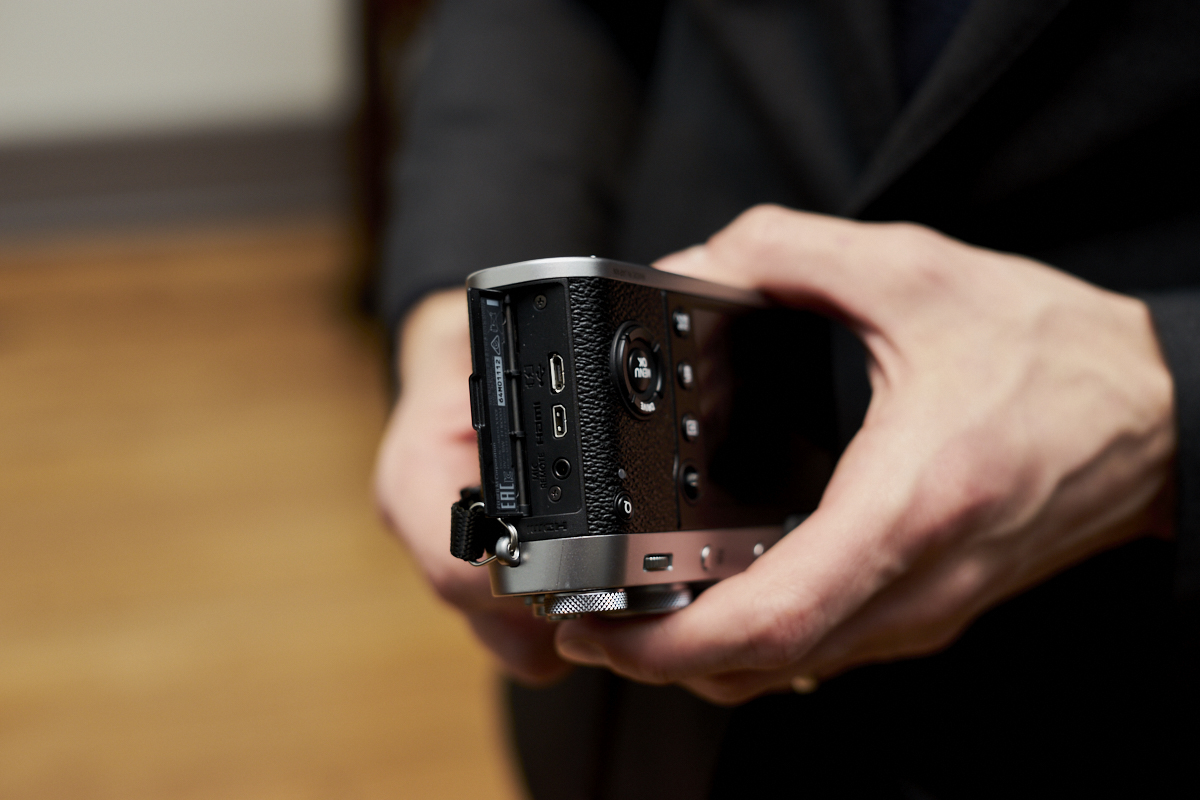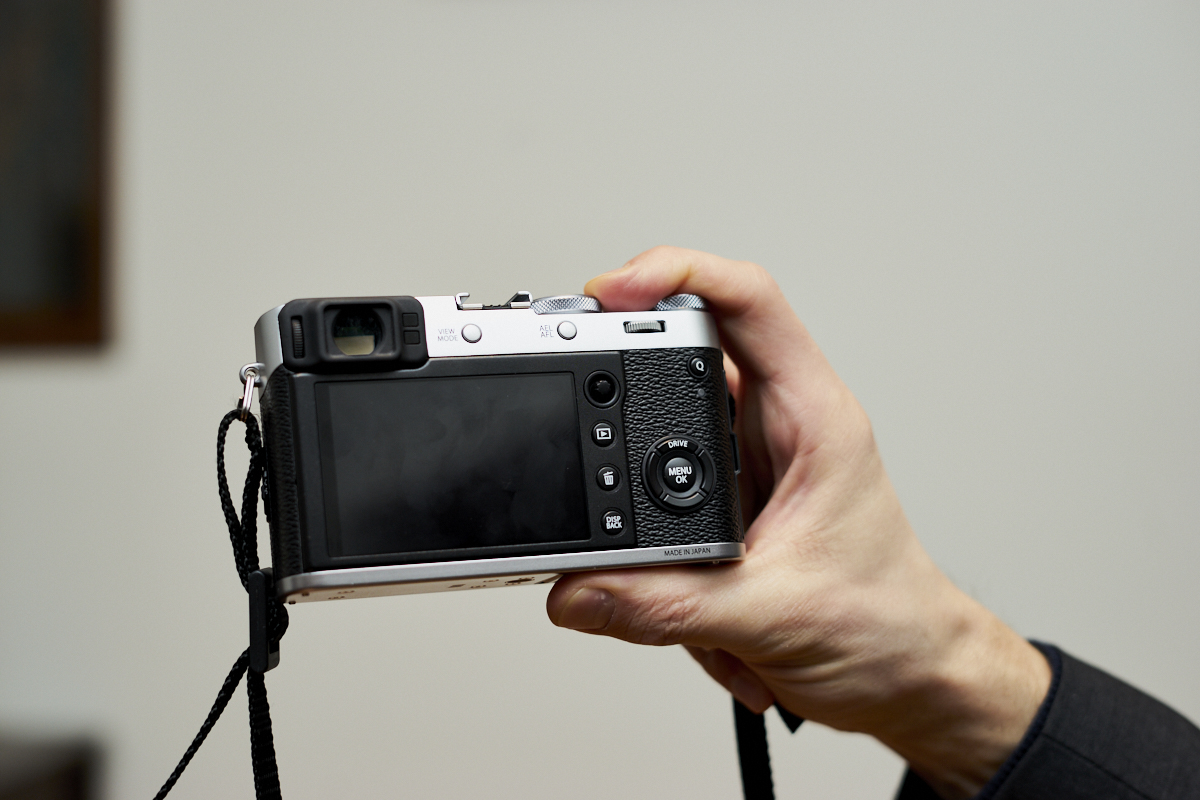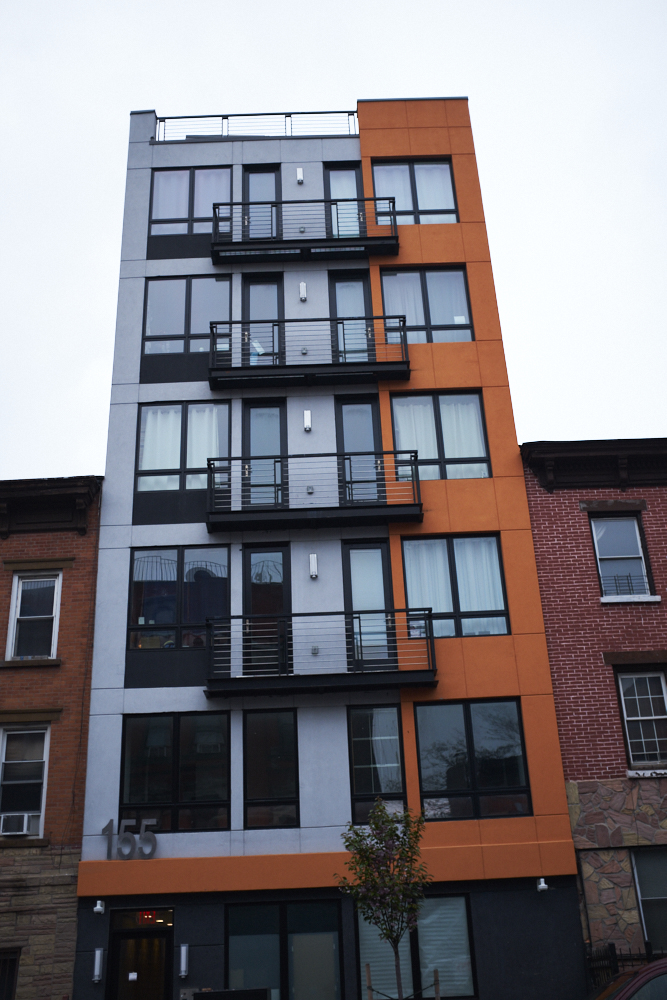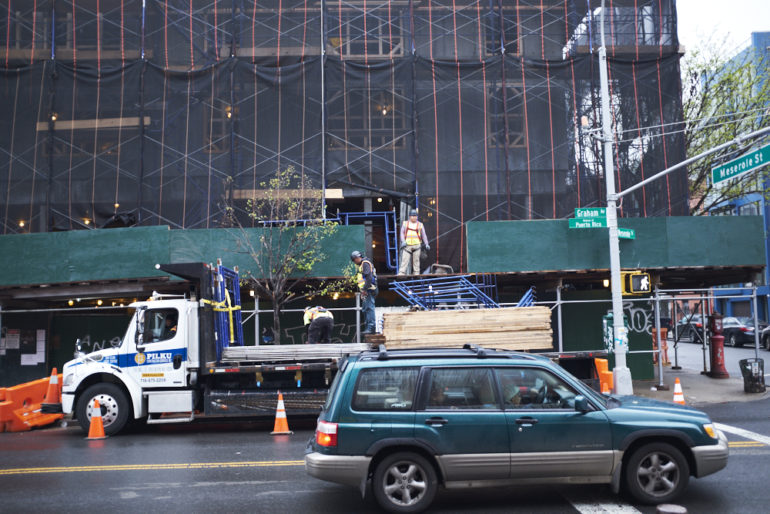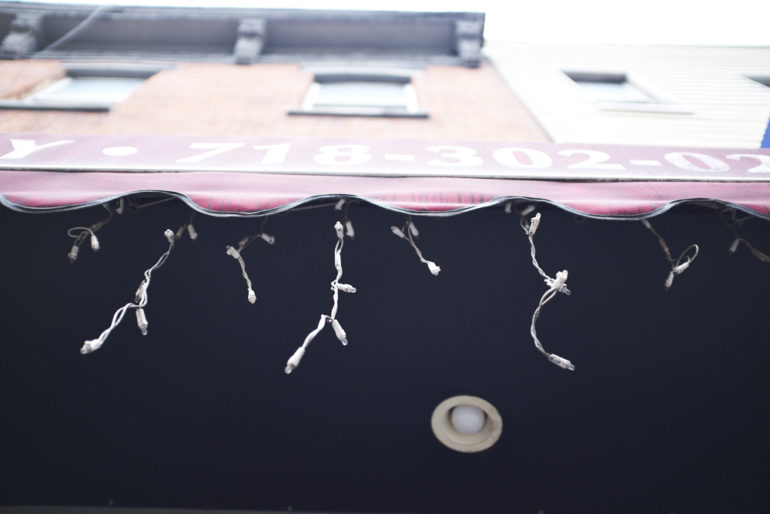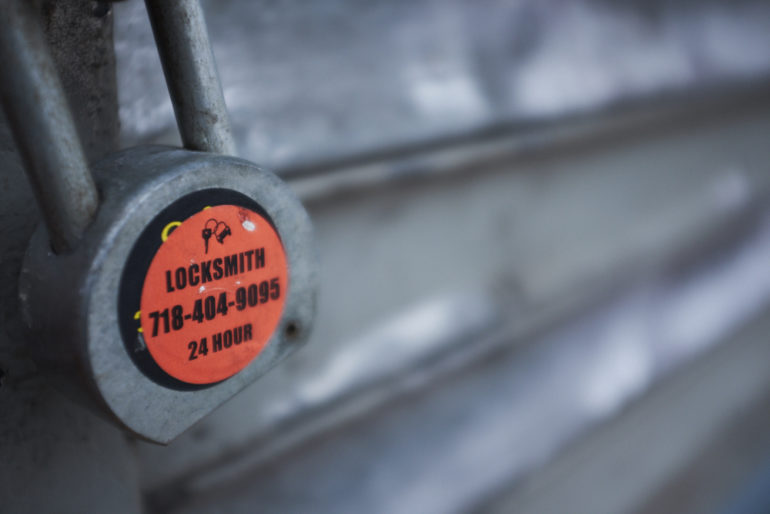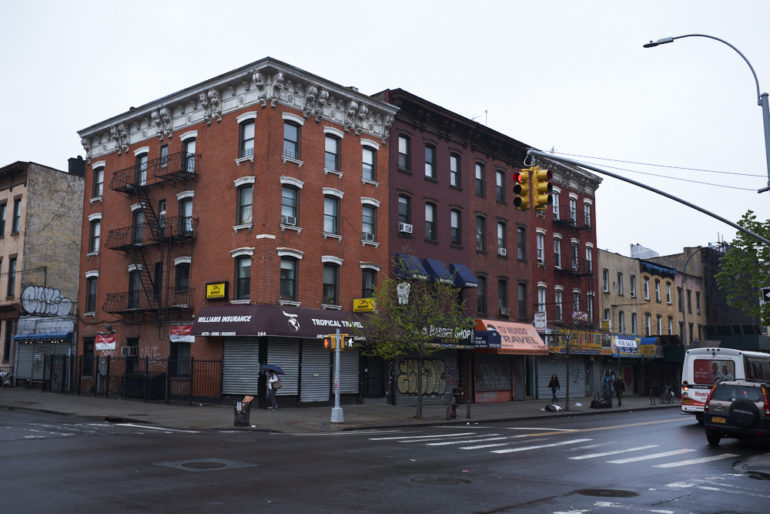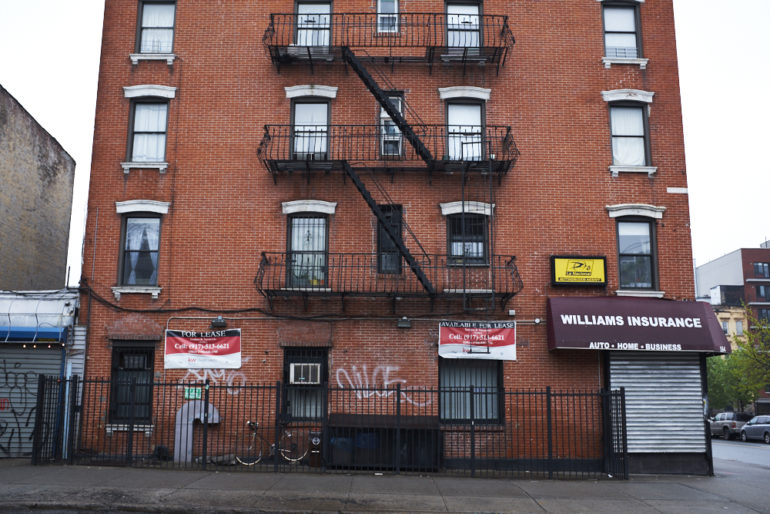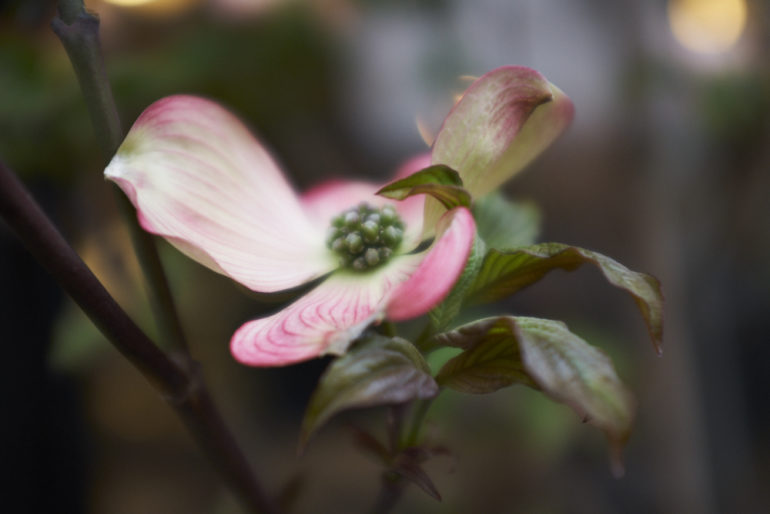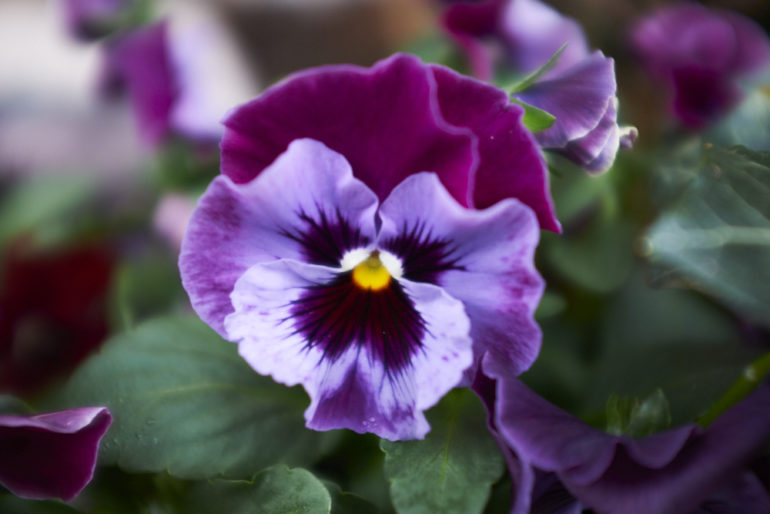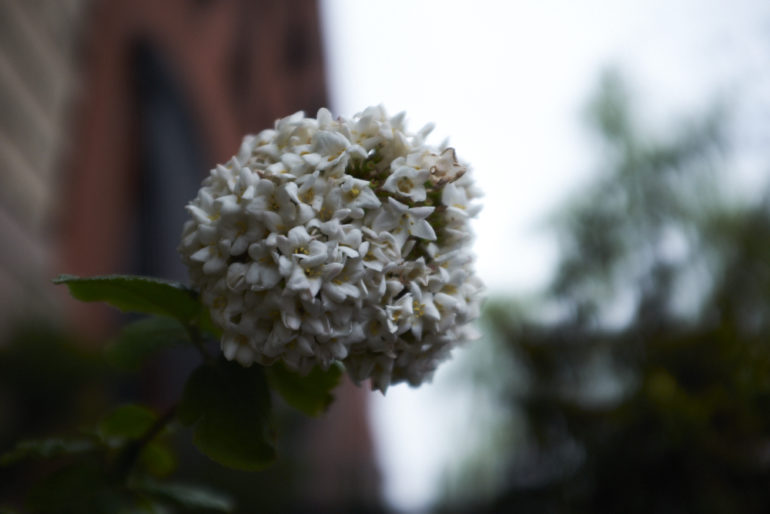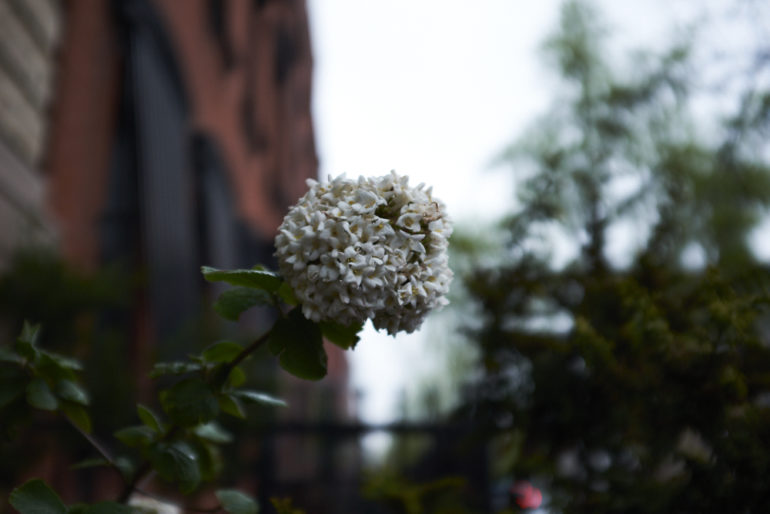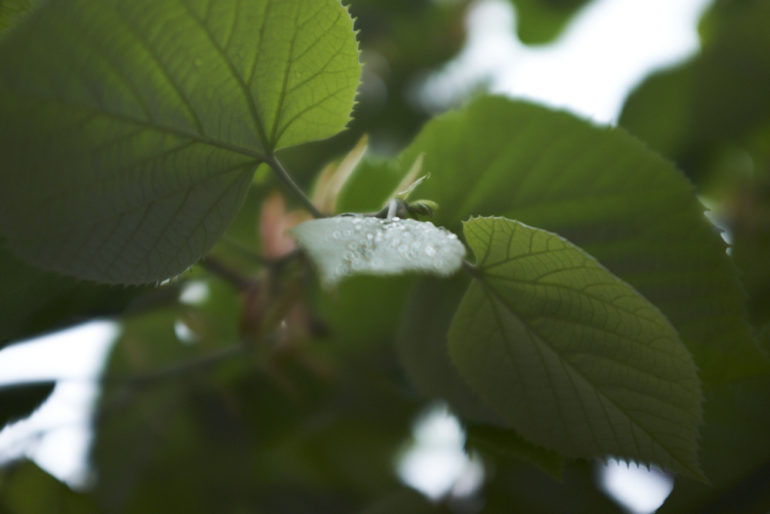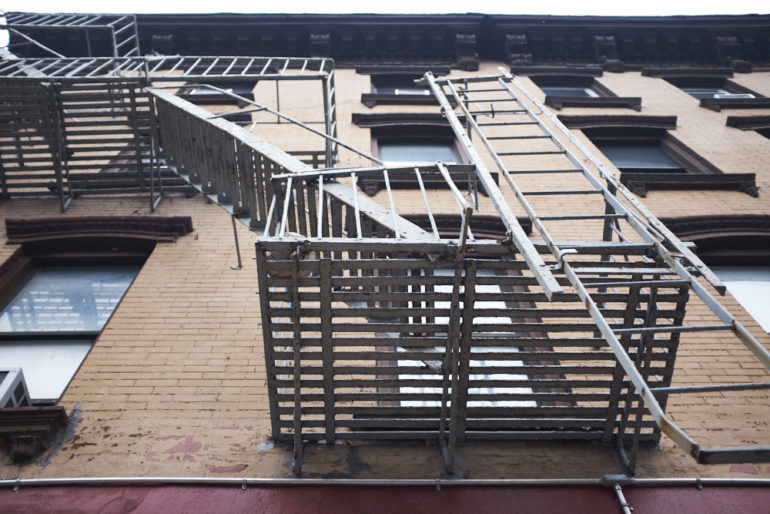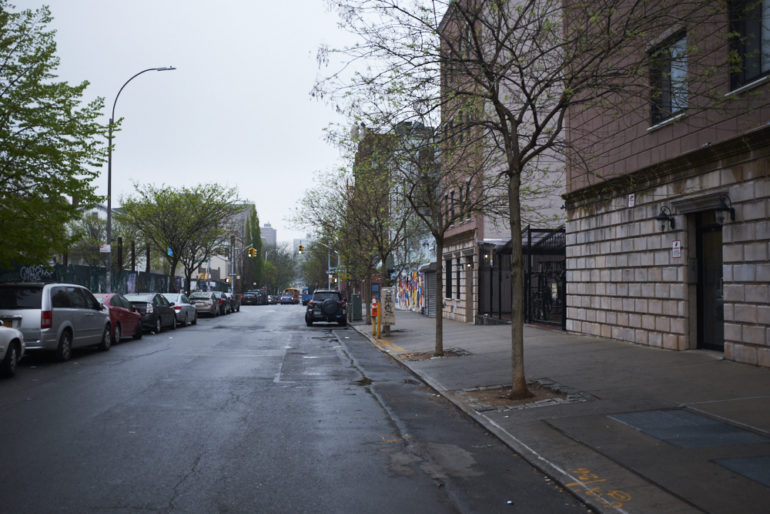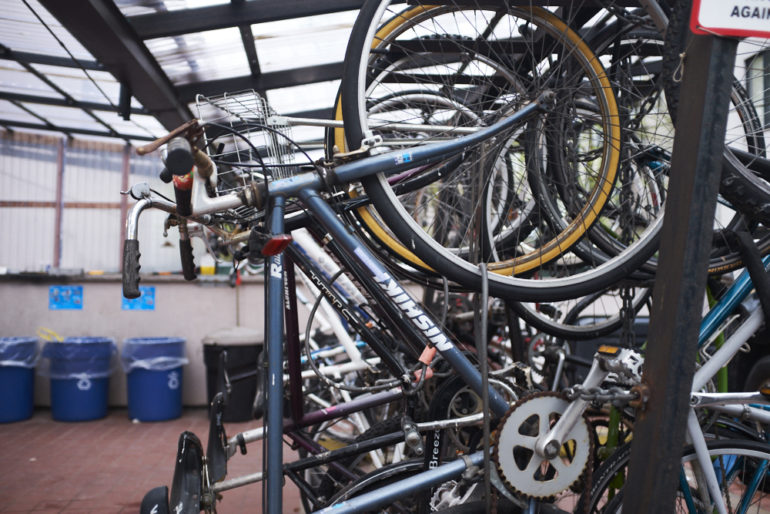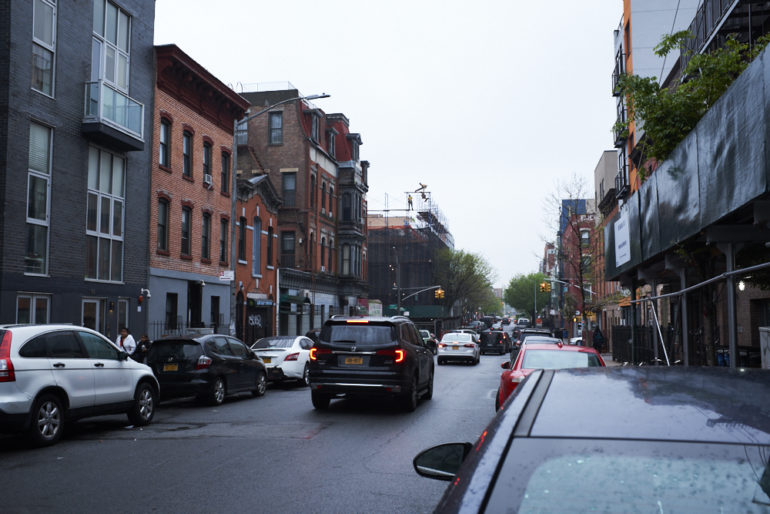Last Updated on 04/27/2017 by Chris Gampat
Very recently, we had the opportunity to play with the Fujifilm X100F ([amazon_link asins=’B01N33CT3Z’ template=’PriceLink’ store=’thephobl-20′ marketplace=’US’ link_id=’a4336861-df32-11e6-8fb7-0be1248381aa’])at an event hosted by Fujifilm. The new camera receives an overhaul in many ways. It has the new 24.3 MP APS-C sensor that the flagship cameras house in addition to a number of other goodies like Acros. The Fujifilm X100F is really targeted at the higher-end enthusiast, professional, documentary photographer, street photographer, etc. It combines a lot of aspects of the Fujifilm X Pro 2 with the more traditional X100 series of cameras.
We took a closer look at the camera for a little bit.
Editor’s Note: Sample images added
Video Overview
Tech Specs
• 24.3MP APS-C size X-Trans CMOS III sensor
• Advanced Hybrid Viewfinder (OVF / EVF) equipped with an Electronic Rangefinder
• FUJINON 23mm (35mm in 35mm format Equivalent) F2 lens in 8 glass elements in 6 groups with FUJINON’s proprietary HT-EBC coating
• ND filter equivalent to 3 stops of aperture
• High-definition 1.04M-dot 3” LCD
• NEW ‘ACROS’ film simulation mode
• Focus Peaking function and Digital Split Image display even in the OVF
• Extended full HD Video Recording
• Full HD video can be recorded at 59.94 fps, 50 fps, 29.97 fps, 25 fps, 24 fps and 23.98 fps, and with Film Simulation effects
In terms of pricing and availability the new Fujifilm X100F will be available in February 2017 with a US retail price of $1,299, making this probably one of the most expensive fixed lens compact cameras you consider purchasing in 2017.
Ergonomics
The Fujifilm X100F looks a whole lot like its predecessor at first glance. You’ll need to get really up close and personal to spot the differences.You’ll get the same 24mm f2 Fujinon lens attached to the camera. It still has an aperture ring too.
What you can surely spot though is the EVF/OVF switch being slightly revamped.
Turn to the top and you’ll see that Fujifilm tried to make the X100F pretty simple overall. The ISO dial is built into the shutter speed dial. Then there is a custom function button, exposure compensation, shutter release, on/off switch, and hot shoe. You still have the nice threaded shutter release too.
The back of the camera is also meant to be simple. You’ve got this big LCD screen and Fujifilm tried to keep all the controls on the right side with some being near the top. Plus you’ve got the new joystick.
Of course, I’m sure most of you will spend most of the time looking through the viewfinder.
Turn to the side and you’ll find a few ports here on the camera.
Build Quality
The Fujifilm X100F looks and feels every bit as solid as the previous offerings. It still doesn’t have weather sealing though, so keep that in mind when you try to be the next Bresson in the rain.
Ease of Use
If you’re simply trying to set the exposures, Fujifilm honestly couldn’t have made this any simpler. The camera has the new X Pro 2 style menu system which is reviewed in our video earlier in in this post.
Autofocus
The camera has a brand new autofocus system. We were holding a pre-production copy of the camera but if the autofocus is anything like the X Pro 2’s, you can expect it to be fantastic for candid shooting. Though I’m not sure you’d want to use it for sports.
Image Quality
Yes, we know you hate it when we post these things without image samples. But the US Fujifilm reps told us we weren’t not allowed to put an SD card in there. I can’t imagine it being a whole lot different from the X Pro 2 and the X-T2. The Fujifilm X100F has the same sensor, but the processor may be different in some way or another.
Update: 4/27/2017
The Fujifilm X100F just came in for review yesterday and we’ve had it in our hands for review for, at this point of republishing, less than 24 hours. After looking at the RAW files in Capture One 10, I’m starting to personally feel like the lens isn’t doing the fullest justice to the sensor. The 24MP sensor in the Fujifilm X100F is the same as in their flagship Fujifilm X Pro2 and the X-T2. Yet when good glass is in front of those sensors, the output sings.
At least initially, I believe that the photos may be a tad soft especially when focusing at macro ranges. However, due to the way that the lens works, I feel like the colors are in-between what the old 16MP sensor output was (that is present in the X Pro1) and the newer 24MP sensor output. Personally, I’ve always liked the colors of the 16MP sensor more due to the fact that I just felt that it had more depth.
To get the most of the files, you’re surely going to need to work with them in post.
Again though, I’ve spent less than 24 hours with the camera; so stay tuned for our full review.
First Impressions
So far, I’m really hyped about this camera. It’s the most exciting Fujifilm X100 series camera to have come out since the original. I wasn’t a major fanboy of the others, but Fujifilm seems to have created a nearly perfect camera with the Fujifilm X100F. For those complaining that it isn’t full frame, your pathetic 35mm small format means nothing in the face of 6×9 film.
For those of you complaining that the Fujifilm X100F isn’t weather sealed, I kind of agree with you. I’d like that too. I’m also wondering how the lens, which was originally mated to a 12MP sensor, will fair with the 24MP sensor here. I felt that the 16MP sensor in the predecessors was starting to outperform the lens in some way or another.
Our review unit is on its way. So stay tuned.


